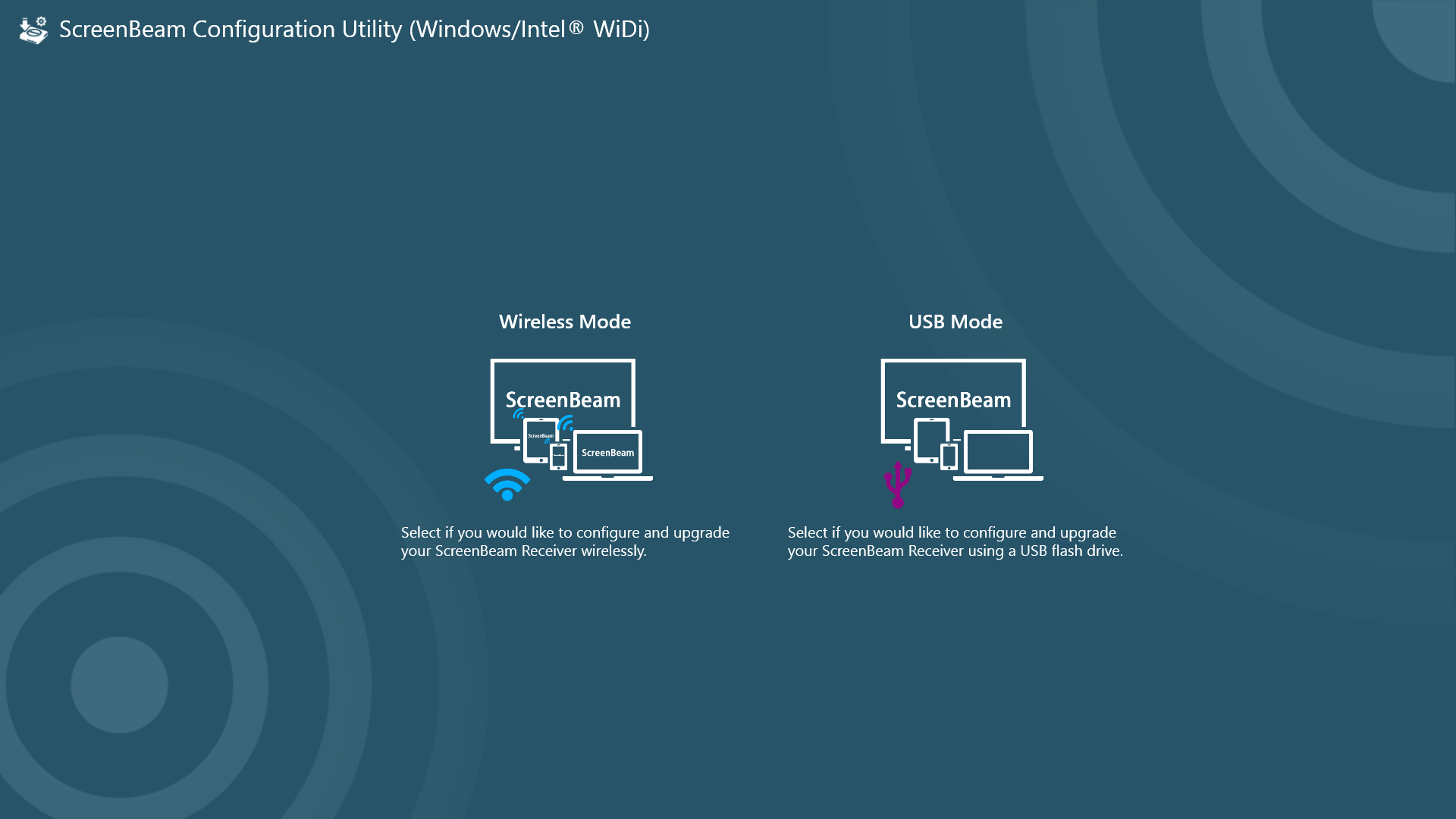Block Usb Ports Windows 7 Gpo Screensaver
Disable USB mass storage access on client. Server 2012 and Others having Windows 7/Windows 8.1. The server is a Domain. Success to block USB of. The group policy to disable USB devices will be created on domain controller and we will be applying it on a OU containing the computer account WIN7. Launch the Group Policy Management tool on the domain controller, right click Group Policy Objects, click New. Provide a name to the GPO and click OK. In this example I have named the group policy as Block USB Devices. Right click the policy and click Edit. This will open Group Policy Management Editor.
Lets see a simple step by step guide to enable or disable USB ports in, Windows 8, Windows 8.1 and the latest. This guide will help you either way. If you want to keep your confidential information from other who use your PC or Laptop, disabling USB ports is the best solution. Also if you are using a laptop provided by your company, the admin most probably disabled USB ports to prevent data theft and unauthorized access. Usually companies Block or turn off/disable USB Ports to protect confidential data. But here is a simple workaround by editing the registry suing registry editor to enable your USB ports, access it and disable USB ports easily.
You can also remove write permissions to the USB ports to disable file transfer. Unlocking or Enable/Disable USB Ports in Windows requires simple tweak in the Windows Registry Editor. Code Composer Studio V5 License Cracked there.
You have to edit your USBStor in registry to Lock/Unlock your USB Ports. How to Turn Off or Disable Enable USB Ports in Windows 7 or 8.1 Step1: In Windows 7 and Windows 8, press Windows key+R and type as “regedit” Step 2: It will open the Registry Editor of your Windows 7 or Windows 8 in your Laptop or Desktop PC Step 3: After opening Registry editor, browse the following path in the right side navigation pane. The Path to go: “HKEY_LOCAL_MACHINE/SYSTEM/CurrentControlSet/Services/USBSTOR” Step4: Then right click the registry “Start” which is rectangled in red color in the below screenshot of registry editor Step:5 Right Click “Start” and Click modify • To enable USB ports: change the value from “4” to “3” • To disable USB ports: change the Value for “3” to “4” Enable or Disable the write permissions to USB Ports If you want to disable only the write permissions to the USB ports,follow this registry edit method. Please know that users can read the files stored in USB, but only they can’t transfer data from hard drive to USB drive. Go to the below path in the registry editor: HKEY_LOCAL_MACHINESYSTEM/Current Control Set/ControlStorage/DevicePolicies Create new DWORD WriteProtect and set its value to 1.

Now you have successfully disabled write permissions. Alternative Methods to Disable Enable USB Ports 1. You can also disable USB ports by uninstalling USB Mass Storage Drivers from Windows. You can Turn off or Enable USB Ports using Windows Device Manager.
Use this one click tool to disable or enable it easily. Increase Windows 7 boot speed. Though compared with Vista, Windows 7 boots significantly faster, there are still some ways to further improve its performance: Click “Start” ->type ‘msconfig’ in the search box and press “Enter”(you could also press “[WIN] +R” to open Run window) ->select “Boot” and then “Timeout” tab. If you have only installed Windows operating system, directly set it to 3s from the default 30s; if you have multiple operating systems installed on your computer, first set the value to the desired amount of seconds you would like to have at boot time and then check “No GUI Boot” tab. Then click on “Advanced Options” to set the “Number of processors” to the highest number available.
Hi, You do not need to upgrade to Windows Server 2008 or Windows Server 2008 R2 to use Group Policy Preference policies. You can configure a Group Policy preference item in a Windows Server 2003 environment from either a Windows Server 2008/R2 server or a Windows Vista with Service Pack 1/Windows 7 client with RSAT update installed. If you do not have Windows Server 2008/R2 server, you can download and install Remote Server Administration Tools on a Windows Vista or Windows 7 client to manage and configure them. Microsoft Remote Server Administration Tools for Windows Vista Remote Server Administration Tools for Windows 7 The CSEs for the new Group Policy preference functionality are required in Windows XP Service Pack 2 (SP2), Windows Server 2003 Service Pack 1 (SP1), and Windows Vista to process the new preference items. To download and install CSEs, please refer to the following link: Information about new Group Policy preferences in Windows Server 2008 Forum Support Please remember to mark the replies as answers if they help and unmark them if they provide no help. If you have feedback for TechNet Subscriber Support, contact. Please remember to click “Mark as Answer” on the post that helps you, and to click “Unmark as Answer” if a marked post does not actually answer your question.